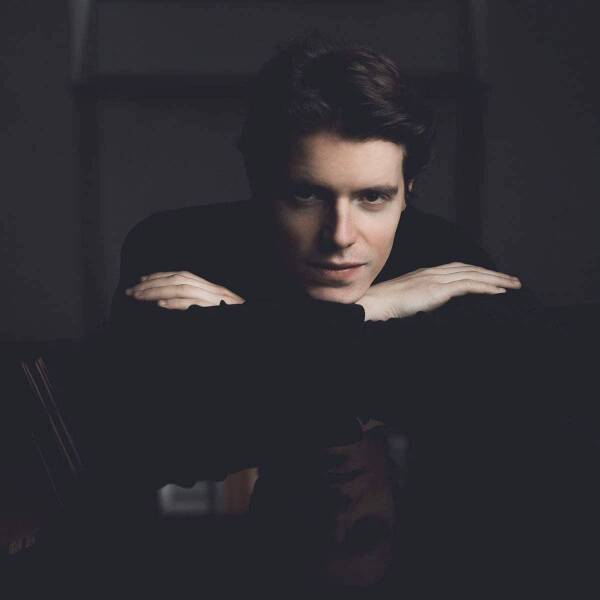Florian Noack will perform his piano transcriptions of Bach’s Brandenberg Concerto and Rimsky-Korsakov’s exotic “Scheherazade” at 7:30 p.m. Saturday, April 22, at Vashon Center for the Arts.
The concert, in its second half, will also include six transcendental etudes by Liszt and Russian composer Liapunov.
Find out more about the acclaimed pianist and purchase tickets at vashoncenterforthearts.org. Youths 18 and younger will be admitted for free.
I had a chance to interview Noack about his upcoming VCA concert. This interview, following, has been edited for length and context.
Florian, your program will include many pieces never performed here on Vashon. How did you choose these pieces?
I wanted this program to be quite representative of my approach and profile as a pianist. It is, on one hand, certainly unconventional — as a big part of my repertoire is — but on the other hand, I would say that it is extremely accessible and attractive music to the listener.
You play and compose many transcriptions. Was Franz Liszt one of your early inspirations such as with his Schubert lieder transcriptions?
Strangely enough, not really! I never really took inspiration in transcriptions written by other composers. If at all, I would say that inspiration rather would come from their piano music. I was always interested in the questions of limits, how far one could go, and how one could transcend the instrument. Perhaps certain compositions by Godowsky were an inspiration, as they show what one could imagine and do with only ten fingers.
Your transcription of Rimsky-Korsakov’s “Scheherazade” was originally an orchestral suite and a famous ballet with a script and all. Does your transcription envision this choreography, the plots, the script?
I would say that in many ways, “Scheherazade” is very explicit music — so I didn’t need to add anything which wasn’t already included in the original piece. My main “intervention” with the piece was to present a shorter version for piano, around 20 minutes, yet still respect the overall form and essence of the piece. The scale and length of the original 40-minute work seem inseparable as an orchestral piece. So, I felt, as a piano solo, a shorter work suited better.
Tell us a bit about Sergei Lyapunov, the composer whose etudes you will perform. Lyapunov researched and conserved many Russian folk melodies. Are there hints of these folk melodies in some of his etudes?
It is the case in the etude called “Lesghinka,” which is a Caucasian dance, and in many ways resembles the last movement of Scheherazade. Lyapunov was commissioned by the Imperial Geography Society to gather folk songs together with his mentor, Balakirev.
You end your program playing Liszt’s “Harmonies du Soiree,” a piece I consider one of the seven steps to heaven. Liszt presents here as an architecture, blossoming with huge sonorities that only the piano can produce. Can you tell us a bit more about this piece and why you have paired Liszt etudes with Lyapunov?
I absolutely agree that Liszt uses the piano like no one did before him. At the same time, and paradoxically, Liszt always thinks beyond the piano. It is, for Liszt, just a means, a conduit, an instrument he happened to master … In that sense, Liszt is a quite different composer than Chopin, for whom the piano is simultaneously the means and the end. Chopin’s music can never be disassociated from the piano, whereas for Liszt it’s just the beginning.
Lyapunov tried in a humbler way to complete the original project of Liszt (to write 24 etudes, in all the 24 tonalities), I think his etudes follow the same approach as this model. In both cases, there is a sort of alchemic process, an attempt to transform technical difficulty into pure poetry.
— Michael Tracy is a local musicologist and supporter of the arts.


